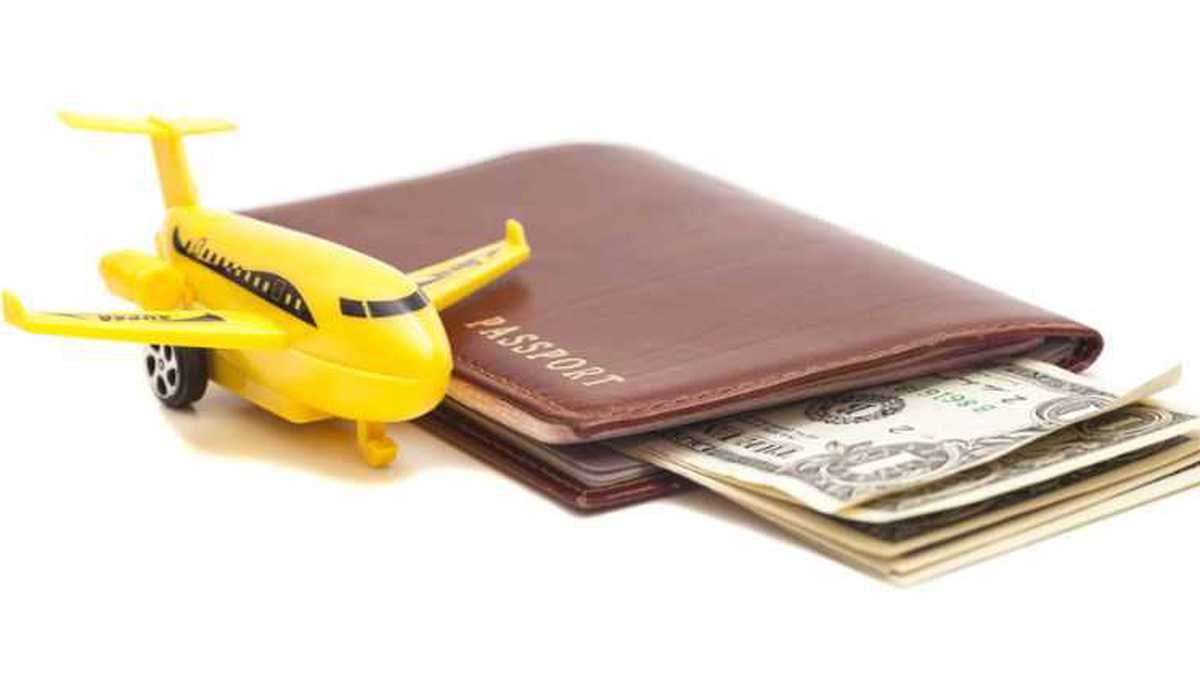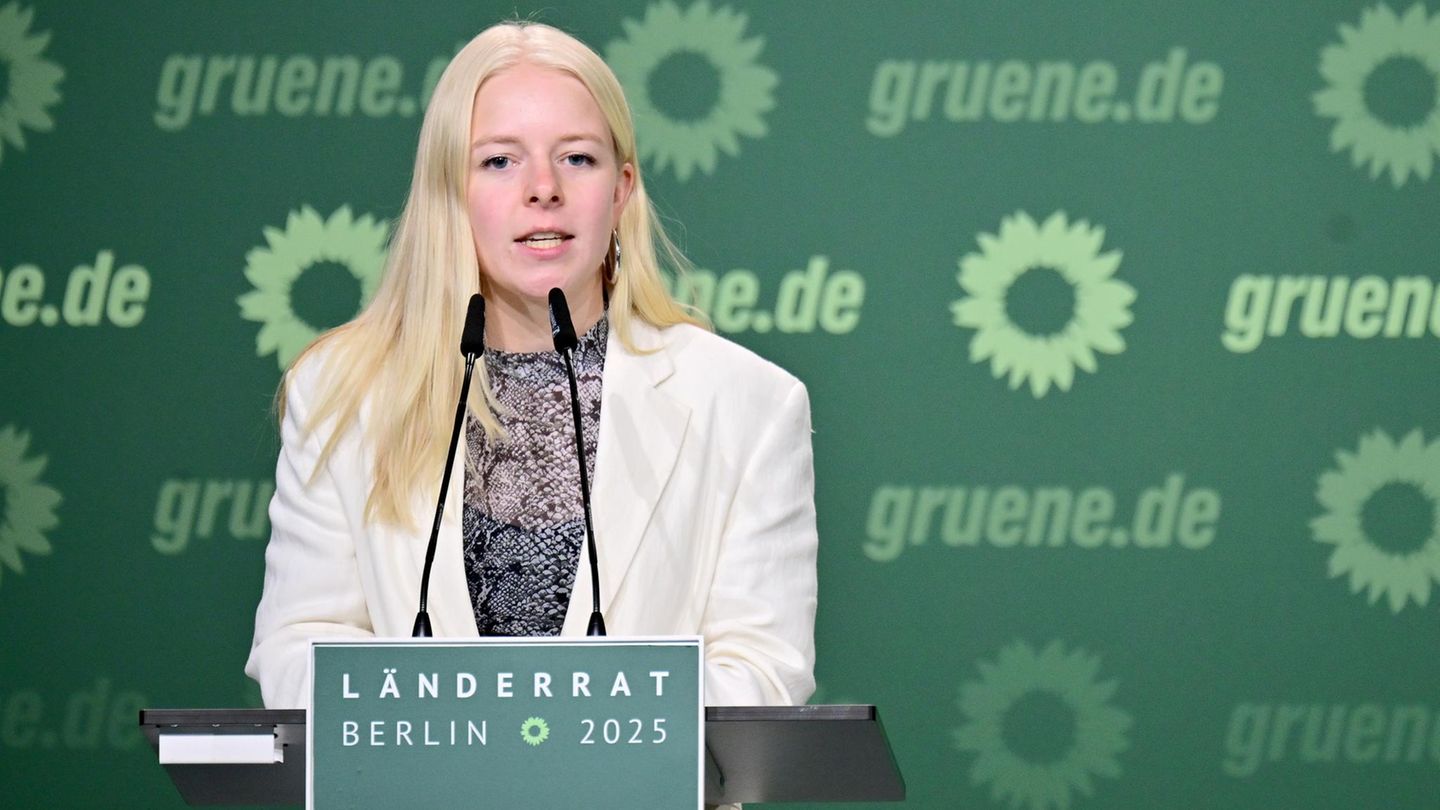Dollar today and dollar blue today LIVE: how much will they operate this Wednesday, December 7
Tips before traveling
Both when carrying a debit card or a credit card, it is important to make a travel notice to the issuing entity, informing the destination countries and the departure and return dates. This process can be done from the home banking or the card site or by phone.
Another useful procedure is to ask the bank to increase the limits of the credit card, and adjust the purchase and withdrawal limits of the debit card according to what may be needed during the stay.
Credit cards
Credit card: for now there is no cap on payments for goods and services abroad, except for the limit defined by the financial institution based on the person’s income and credit history. The expenses made abroad with this type of card will appear in the next summary, expressed in dollars. And that balance can be paid in two ways, at the traveler’s choice:
-In dollars, using savings, there are no surcharges.
-In pesos, converting the amount to the official price of the day plus 75% (30% “PAIS tax” and 45% advance of Earnings or Personal Assets).
If the consumption of the holder of the plastic exceeds US$300 in the month, the Qatar dollar will be applied, with which the surcharge when paying in pesos will be 100% above the official price, by adding the new perception of 25% to personal property account.
the card too can be used for withdraw cash from abroad in foreign currency (dollars, euros, reais, Uruguayan pesos, etc.). But there is a limit of 50 dollars in neighboring countries and 200 dollars in the rest of the world.
However, these maximum amounts are per operation and it is possible to make more than one, up to the advance limit set by the bank.
What the tourist should keep in mind is that These operations are loans, for which you must pay commissions and interestwhich are usually high.
Debit
To make purchases abroad, you can use your debit card and it is not necessary to have a savings account in dollars.
If the tourist has an account in pesos and also one in dollars, both linked to the same card, they can decide which of their accounts will be debited for their purchases. This choice can be made through home banking or other channels that the bank offers.
If the debit card is configured to take money from a savings account in dollars, you can make purchases in foreign currency without caps or surcharges, until you run out of funds.
If the card debits the money from a savings bank in pesos, each dollar spent outside will be immediately pesified at the “tourist” exchange rate of the day (official price plus 75% surcharge); or to “Qatar dollar” (official plus 100% surcharge) if the person’s consumption exceeds US$300 in the month.
Can money be withdrawn abroad?
Yes, but it is important to note:
-If the funds are debited from a savings bank in dollars, travelers can withdraw cash for the equivalent of everything they have deposited in the account.
-If the funds are debited from a savings bank in pesos, the operation is taken as a purchase of dollars by home banking (an operation that very few people are allowed).
In this case, then, the “solidarity” exchange rate (official plus 65%) will govern and the withdrawal limit will be the remainder of the quota of 200 dollars per month.
In addition, commissions may be added by the bank issuing the debit card; and the network to which the ATM belongs, so it is advisable to find out before making this option.
As there are extra charges for operations, it will always be more convenient to withdraw what is going to be needed on the trip at once, instead of making several small withdrawals.
Commission for youATM abroad
- The banks that charge the least for the use of ATMs abroad are Banco BBVA ($360), Banco Galicia ($390.00) and Banco Santander ($507.50).
- The rest of the banks usually charge in dollars. The cheapest are Banco Credicoop ($4.50), Banco Nación ($4.84) and Brubank ($6.05), Banco Provincia ($8.00).
- The most expensive banks: Reba Compañía Financiera ($14.28) and Banco Hipotecario ($16.34).
Source: Ambito
I am a 24-year-old writer and journalist who has been working in the news industry for the past two years. I write primarily about market news, so if you’re looking for insights into what’s going on in the stock market or economic indicators, you’ve come to the right place. I also dabble in writing articles on lifestyle trends and pop culture news.




